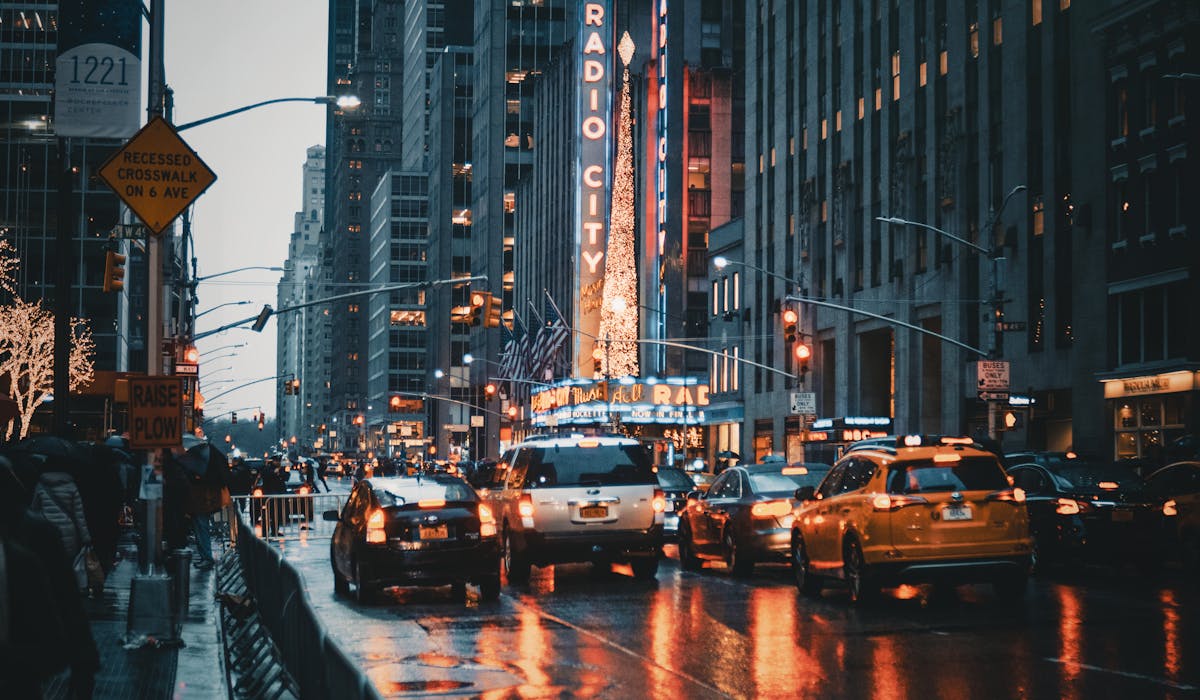The Framing Streets Ideas
The Framing Streets Ideas
Blog Article
7 Easy Facts About Framing Streets Shown
Table of ContentsFraming Streets Fundamentals ExplainedThe Main Principles Of Framing Streets What Does Framing Streets Do?6 Easy Facts About Framing Streets Explained

Both at the Gallery of Modern Art (Mo, MA). Motivated by Frank, in the 1960s Garry Winogrand, Lee Friedlander and Joel Meyerowitz started photographing on the streets of New York. Phil Coomes, writing for BBC News in 2013, claimed "For those of us thinking about road digital photography there are a few names that attract attention and among those is Garry Winogrand"; doubter Sean O'Hagan, creating in in 2014, claimed "In the 1960s and 70s, he defined road photography as a perspective along with a design and it has actually laboured in his darkness since, so conclusive are his photographs of New york city." Returning to the UK in 1965 from the United States where he had fulfilled Winogrand and taken on road photography, Tony Ray-Jones transformed a wry eye on typically unique groups of British people on their vacations or joining events.
Street photography is a huge style that can be specified in many means, but it is typically defined by the spontaneous capturing of an unrepeatable, short lived moment, frequently of the day-to-day going-ons of complete strangers. It is classically fired with larger angle lenses (e. g. 35mm) and typically features city settings.
Not known Details About Framing Streets
Documentary photographers generally have a defined, premeditated message and an intention to record certain events in history (https://www.edocr.com/v/2rrgxoq2/davidturley33101/framing-streets). The range of the docudrama strategy encompasses facets of journalism, art, education, sociology and history. In social investigation, documentary pictures are commonly planned to provoke, or to highlight the requirement for, societal modification
Road photography is normally seen as unposed and honest, but there are a couple of road professional photographers that communicate with complete strangers on the roads and take their pictures. Street pictures are unintended portraits taken of strangers while out doing street photography, nonetheless they are seen as positioned since there is interaction with the subject.
Photographing individuals and locations in public is legal in a lot of countries safeguarding flexibility of expression and journalistic freedom. There are generally limits on how photos of people might be utilized and most countries have details laws concerning people's privacy.
An Unbiased View of Framing Streets
The right to privacy is secured by Short article 8 of the convention. In the context of photography, it stands at odds to the Write-up 10 Of liberty of expression. Thus, courts will usually think about the public interest in balancing the civil liberties through the legal test of proportionality. While additionally restricting digital photography in order to shield personal privacy civil liberties, road digital photography can still be lawful in France when pursued as an art form under certain circumstances.

. that just wandered right into a scene), or that are not also well-known in the photo. https://www.edocr.com/v/2rrgxoq2/davidturley33101/framing-streets. It additionally does not normally expand to individuals that are public numbers (e. g - sony a7iv. politicians or celebs). If an image is taken into consideration art, the courts will additionally take into consideration the photographer's freedom of imaginative expression; implying that "artistic" street digital photography can still be legitimately published in certain instances
What Does Framing Streets Do?
In Greece the right to take pictures and publish them or sell licensing legal rights over them as great art or editorial content is secured by the Constitution of Greece (Article 14 and other write-ups) and cost-free speech regulations along with by situation regulation and legal instances. Photographing the police and publishing the photos is likewise lawful.
In Hungary, from 15 March 2014 anyone taking photos is practically breaking the law if someone wanders into shot, under a new civil code that disallows taking pictures without the approval of every person in the photo - vivian maier. This broadens the legislation on consent to consist of the taking of pictures, along with their magazine
'Hidden digital photography' (kakushidori hidden, surreptitious photography) 'stolen photography' (nusumitori with no purpose of obtaining approval) and "quick digital photography' (hayayori prior to authorization and refusal can be offered) are restricted unless in the previous approval is acquired from the subject instantly after taking the picture. Individuals have legal rights to their photos (shzken, droit de image).
Report this page